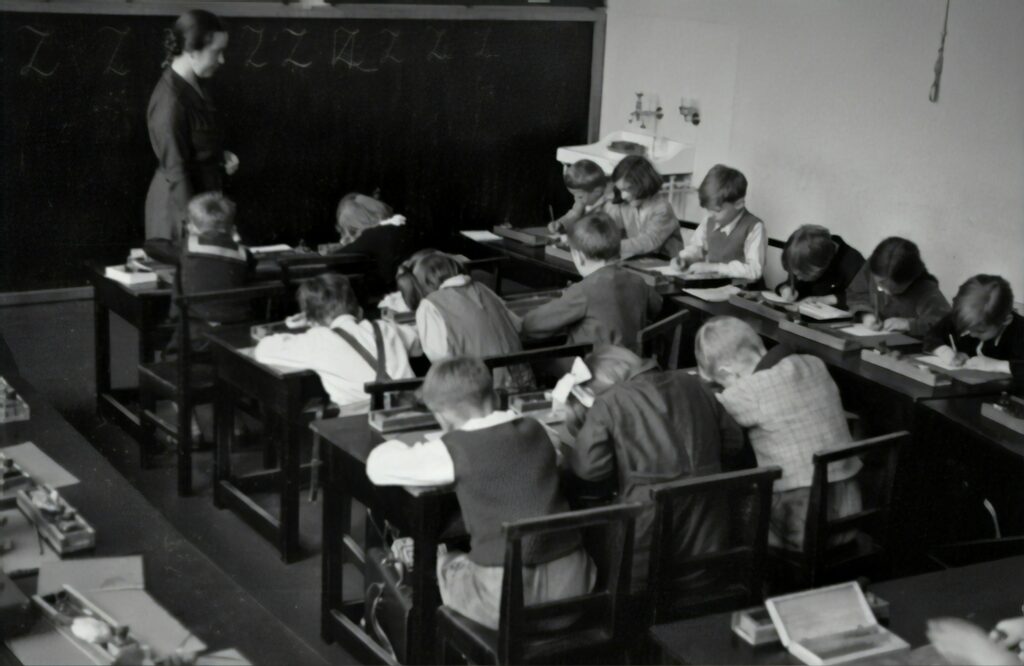This is a fun trailer I made for my final video that is attached via YouTube link afterward!
Over the course of the last few months, I set out my goals and intentions to learn the basics of ukulele playing. I surprised myself in how much practicing the ukulele grew on me. It became a break from doing schoolwork, while still chipping away at it, and would leave me feeling productive. I would bring my ukulele to work as well and would play during my break.
I met all of the goals that I set out in the beginning, and that is displayed during the course of the entire video. My two songs that I learned were ‘Three Little Birds’ by Bob Marley and ‘You are My Sunshine’ Charles Mitchell and Jimmie Davis. These were both beginner level songs, but I also learned multiple strumming patterns for both. I was quite proud of myself for doing so. My other goal that I accomplished was learning 6 chords. I chose to learn: C, G, D, Aminor, A and F. If I ever felt that I was in a lull in my playing or was frustrated in my efforts, I would often strum in different patterns and go between each note. Overall, I am really proud of my efforts I put into learning this new skill and was pleased when it came to how much I enjoyed doing it.
Enjoy watching me learn!
These are the videos and apps I used to help me out in my learning:
App: SimplyTuner


